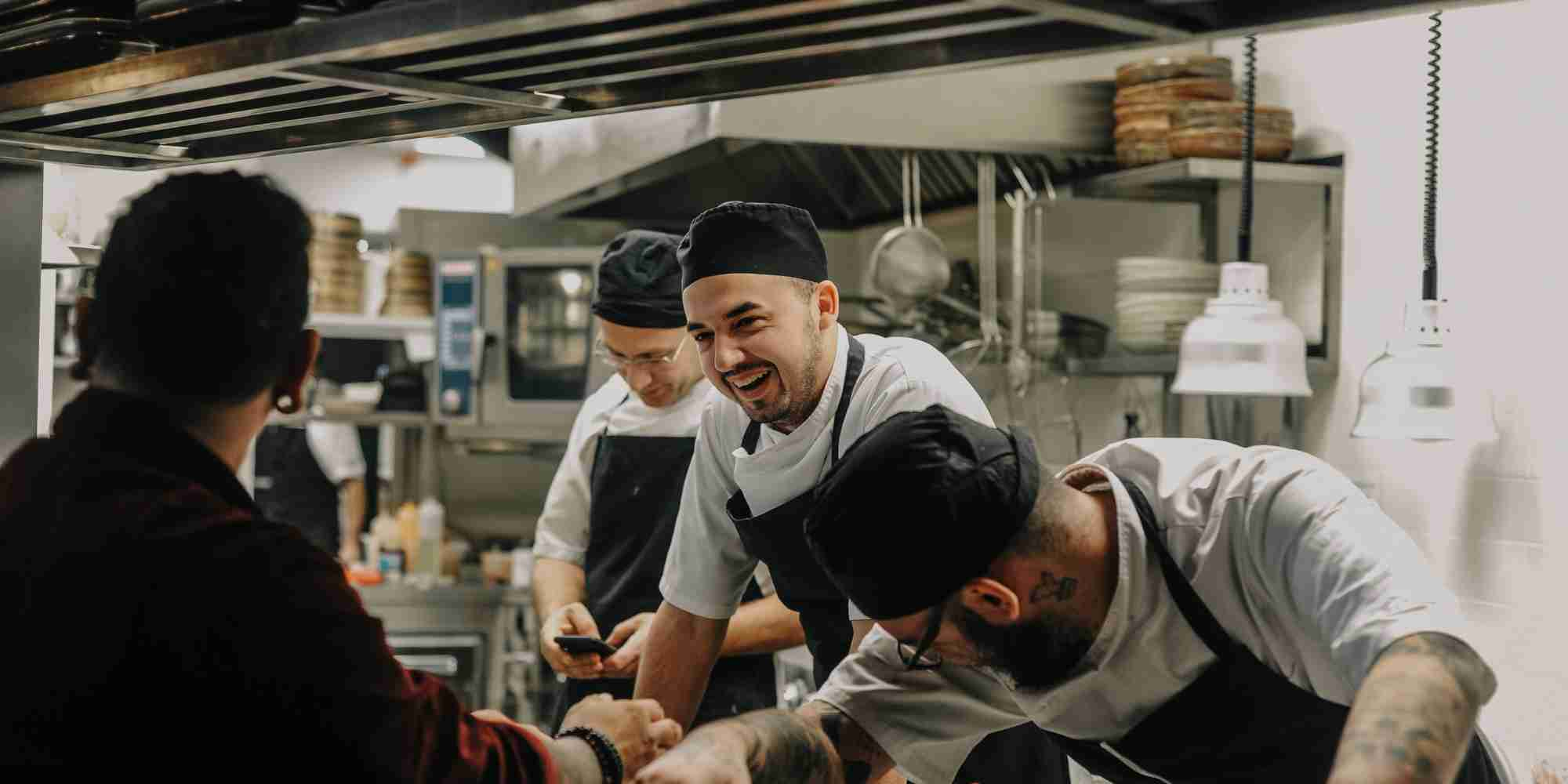In the restaurant industry, peak hours can be both a blessing and a challenge. On one hand, they bring in the most revenue, but on the other, they can also highlight inefficiencies and put strain on operations. The pressure of managing high customer volumes, ensuring quick service, and maintaining quality can be daunting. The ability to efficiently handle these peak periods can be the difference between a thriving restaurant and one that struggles to keep up. This is where restaurant technology solutions come into play. These innovative tools are designed to streamline operations, improve customer satisfaction, and ultimately boost profitability. As a restaurant owner, understanding and implementing these technologies can be the key to thriving during peak hours, ensuring that every aspect of your operation runs smoothly and efficiently.
Following are the Methods Restaurant Technology Solutions Can Help Peak Hour Operation in Restaurants
Streamlined Ordering and Payment Systems
One of the most significant ways restaurant technology can assist during peak hours is through streamlined ordering and payment systems. Modern point-of-sale (POS) systems are more than just cash registers. They integrate seamlessly with online ordering platforms, mobile apps, and even self-service kiosks. This means that customers can place orders and make payments quickly and efficiently, reducing wait times and easing the burden on staff.
For instance, food tech POS systems allow servers to take orders on tablets, sending them directly to the kitchen. This reduces the chances of errors and speeds up the entire process. Moreover, mobile payment solutions enable customers to pay directly from their smartphones, further reducing congestion at the checkout.
Must Read: 7 Ways Restaurant Technology is Transforming the Industry
Efficient Table Management Systems
During peak hours, managing tables effectively is crucial. Interactive restaurant technology, such as table management systems, can help optimize seating arrangements and reduce wait times. These systems provide real-time updates on table availability, allowing hosts to seat customers promptly and efficiently. Additionally, they can predict wait times and manage reservations more effectively, ensuring a smoother dining experience.
Some advanced systems even use artificial intelligence in restaurants to analyze data and predict busy periods. This allows restaurant owners to plan better, allocate resources effectively, and ensure that they are adequately staffed during peak hours.
Enhanced Kitchen Operations with Kitchen Display Systems
The kitchen is the heart of any restaurant, and during peak hours, it can become a bottleneck if not managed properly. Restaurant technology, such as Kitchen Display Systems (KDS), can significantly enhance kitchen operations. These systems replace traditional paper tickets with digital displays, ensuring that orders are communicated clearly and promptly to the kitchen staff.
Furthermore, KDS systems can prioritize orders based on preparation time, ensuring that dishes are prepared and delivered in the correct sequence. This reduces delays and helps maintain the quality and consistency of the food.
Advanced Inventory Management Solutions
Running out of ingredients during peak hours can be a nightmare for any restaurant. Technology in the restaurant industry offers sophisticated inventory management solutions that keep track of stock levels in real time. These systems can automatically reorder supplies when they run low, ensuring that the kitchen is always well-stocked.
Moreover, inventory management systems can provide insights into usage patterns and help identify waste, allowing restaurant owners to make informed decisions about their stock. This not only ensures smooth operations during peak hours but also helps in reducing costs and increasing profitability.
Customer Relationship Management (CRM) for Personalized Service
Building and maintaining strong relationships with customers is vital for any restaurant. CRM systems tailored for the restaurant industry can help manage customer data, track preferences, and personalize the dining experience. For example, loyalty programs integrated with CRM systems can encourage repeat visits and increase customer retention.
During peak hours, CRM systems can help identify regular customers and offer personalized services, enhancing their overall experience. Additionally, these systems can gather feedback and reviews, providing valuable insights into areas of improvement.
AI-Powered Analytics for Strategic Insights
Artificial intelligence for restaurants is revolutionizing the way data is analyzed and used in the industry. AI-powered analytics can provide deep insights into customer behavior, sales patterns, and operational efficiencies. By analyzing this data, restaurant owners can make data-driven decisions to improve their operations.
For instance, AI can predict busy periods, allowing restaurant owners to prepare in advance. It can also analyze customer preferences and suggest menu changes or promotions to boost sales. During peak hours, these insights can be invaluable in managing resources effectively and ensuring a smooth operation.
Must Read: Embracing the Future: The Essential Guide to Restaurant Automation
Effective Employee Management Systems
Managing staff effectively is crucial during peak hours. Restaurant technology solutions offer comprehensive employee management systems that handle scheduling, time tracking, and performance management. These systems can optimize staff schedules based on predicted busy periods, ensuring that there are enough hands on deck when needed.
Additionally, these systems can track employee performance and provide insights into areas of improvement. By ensuring that staff are well-managed and motivated, restaurant owners can enhance productivity and provide better service during peak hours.
Strategic Marketing and Promotions
Effective marketing and promotions can drive traffic to a restaurant, especially during peak hours. Restaurant technology companies offer various tools to create and manage marketing campaigns. For example, social media integration allows restaurant owners to reach a broader audience and engage with customers in real-time.
Additionally, digital menu boards and in-house displays can be used to promote special offers and new dishes. These technologies not only attract customers but also encourage them to try different items, increasing the overall spend per visit.
Conclusion
In today’s competitive restaurant industry, leveraging technology is no longer an option but a necessity. Restaurant technology solutions can transform peak hour operations, making them more efficient and customer-friendly. From streamlined ordering systems to AI-powered analytics, these technologies offer numerous benefits that can enhance the overall dining experience and boost profitability. As a restaurant owner, investing in these technologies can help you stay ahead of the competition and ensure that your restaurant operates smoothly, even during the busiest times. Embrace the future of dining with restaurant technology and see the difference it can make in your peak hour operations.








Leave a Reply